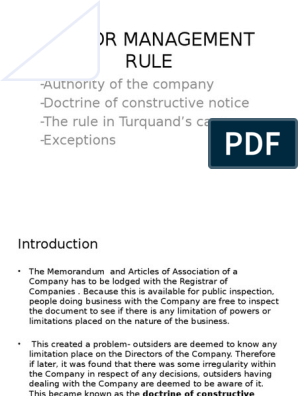0% found this document useful (0 votes)
73 views1 pageCanada - Autos: 1. Measure and Product at Issue
1. Canada provided import duty exemptions for motor vehicles and parts that were contingent on meeting domestic content and production ratios. Japan and the EU challenged this as inconsistent with WTO agreements.
2. The WTO panel and Appellate Body found the duty exemptions inconsistent with MFN treatment under GATT Article I and national treatment under Article III. They also found the exemptions contingent on exports in violation of the SCM Agreement.
3. However, the Appellate Body reversed the panel's finding that the measures violated GATS MFN, saying the panel failed to properly assess if the measures applied to trade in services. It cautioned panels to expressly address all claims, even if not ruling on them.
Uploaded by
JasperAllenBarrientosCopyright
© © All Rights Reserved
We take content rights seriously. If you suspect this is your content, claim it here.
Available Formats
Download as PDF, TXT or read online on Scribd
0% found this document useful (0 votes)
73 views1 pageCanada - Autos: 1. Measure and Product at Issue
1. Canada provided import duty exemptions for motor vehicles and parts that were contingent on meeting domestic content and production ratios. Japan and the EU challenged this as inconsistent with WTO agreements.
2. The WTO panel and Appellate Body found the duty exemptions inconsistent with MFN treatment under GATT Article I and national treatment under Article III. They also found the exemptions contingent on exports in violation of the SCM Agreement.
3. However, the Appellate Body reversed the panel's finding that the measures violated GATS MFN, saying the panel failed to properly assess if the measures applied to trade in services. It cautioned panels to expressly address all claims, even if not ruling on them.
Uploaded by
JasperAllenBarrientosCopyright
© © All Rights Reserved
We take content rights seriously. If you suspect this is your content, claim it here.
Available Formats
Download as PDF, TXT or read online on Scribd
/ 1







































































































